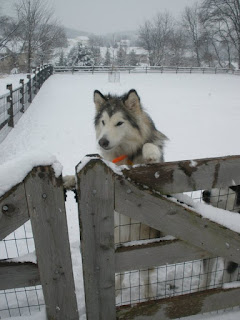By: Oregon State University
CORVALLIS, Ore. Dec. 21, 2011 – On the 15th anniversary of the return of wolves to Yellowstone National Park, a quiet but profound rebirth of life and ecosystem health is emerging, scientists conclude in a new report.
For the first time in 70 years, the over-browsing of young aspen and willow trees has diminished as elk populations in northern Yellowstone declined and their fear of wolf predation increased. Trees and shrubs have begun recovering along some streams, providing improved habitat for beaver and fish. Birds and bears also have more food.
"Yellowstone increasingly looks like a different place," said William Ripple, a professor in the Department of Forest Ecosystems and Society at Oregon State University, and lead author of the study.
"These are still the early stages of recovery, and some of this may still take decades," Ripple said. "But trees and shrubs are starting to come back and beaver numbers are increasing. The signs are very encouraging."
The findings of this report, based on a recent analysis done by OSU researchers and a review of many other studies as well, were just published in Biological Conservation, a professional journal. They outline an ecosystem renaissance that has taken place since wolves were restored to Yellowstone after being extirpated in the 1920s.
Read more . . .
















